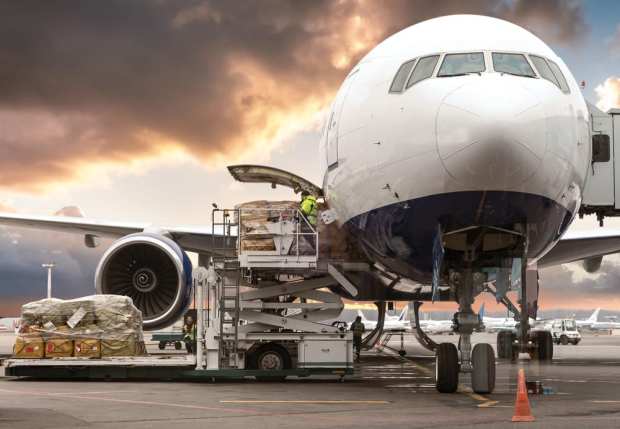Shipping And Logistics: An Industry Jolted Into Digitization

The coronavirus has turned entire industries on their heads, not least of all the shipping and logistics sector.
Factory shutdowns and stay-at-home orders have disrupted manufacturing and production, with ramifications reverberating throughout global supply chains. Meanwhile, a surge in online shopping as more people stay home has added extra pressure on supply chain, shipping and logistics firms.
Overall, it’s not business as usual — far from it — and the shipping arena is now facing unprecedented headwinds.
According to Lionel van der Walt, president and CEO of The Americas for freight payments company PayCargo, the air travel industry presents a picture of one of the most dramatic examples of this disruption. As more airlines cancel thousands of daily flights, shippers and freight forwarders are finding that capacity offered from their usual vendors has been affected, causing both ends of the shipping arrangement to make major adjustments to their strategies.
“There are set relationships in place between forwarders and airliners,” he told PYMNTS in a recent interview. “They have traditional business models in place. However, in the times we’re sitting in now, all of a sudden you don’t have the usual business-to-business relationship.”
Increasingly, airlines that have grounded their passenger flights are ramping up their freight operations, expanding capacity to move goods in the belly of those planes or even removing passenger seats to dedicate the plane entirely to cargo space.
This is undoubtedly good news. Shippers need more capacity to move their goods, and airlines need to keep the revenue flowing as passenger flights all but disappear. Yet as van der Walt explained, without preexisting B2B relationships in place, the process of connecting vendors like airlines to payers like shippers and forwarders is a major hurdle.
Establishing Communication Lines
The demand for capacity today is currently greater than availability, so when an airline opens up planes to transport goods, there can be a confusing scramble for shippers to connect to that airline and strike a deal.
The prevalence of professionals working remotely has made this process even more challenging.
“Right now, part of the problem is you don’t have traditional business systems in place — everyone is working from home,” said van der Walt. “The response times might not be the same. People are setting up new ways of dealing with customer service queries or sales queries. Companies are fighting to make sense of, and adapt to, this new challenging – and at times chaotic – work environment.”
As a facilitator of B2B payments in this arena, PayCargo found itself in a unique position of being able to connect these forwarders to this newly established capacity. It drove the company to recently announce a free communication service that enables the more than 20,000 payers like shippers and forwarders, and the 4,600 vendors like airlines and maritime operators, to communicate new capacity availability and demand, and connect with each other.
While the service doesn’t generate any revenue for PayCargo, van der Walt emphasized the importance of collaboration and innovation in times of crisis to ensure that the shipping and logistics industry as a whole can survive through the current period of volatility.
Long-Term Impacts – And Silver Linings
The impact of the coronavirus is undoubtedly placing dramatic, unprecedented pressure on the shipping and logistics industry for payers, vendors and technology service providers like PayCargo.
Van der Walt said payment volumes are down, and whereas trade credit used to be offered and available to customers freely, vendors are now holding back in an effort to shore up capital. Payments are also increasingly coming through outside of normal business hours, adding more pressure on remote customer service providers to address issues in the early morning or late evening.
These challenges are likely to initiate permanent change in the way the shipping and logistics industry does business. While the coronavirus has already proven to have some devastating consequences, there are some silver linings to be found. In the shipping and logistics sector, van der Walt said he is optimistic thanks to resiliency of this space and the people in it, and he sees some positive outcomes ahead.
As professionals seek ways to send and receive payments remotely while shying away from having to physically touch checks and vouchers, the sector is likely to accelerate its electronic payments adoption, for example. Organizations that were once skeptical of opening up their systems to connect with business partners are also quickly realizing the importance of collaboration, which could lead to growth in data sharing and platform integrations to drive efficiency and digitization.
And at the broader level, the world at-large is quickly coming to terms with the importance of the shipping and logistics industry in aiding the global market.
“People are seeing that in order [for] everybody to succeed and pull through, you have to collaborate and have open, connected systems,” he said. “My hope is that this is going to drive digitization, and a move towards a new environment where people really pull together to support each other. It’s just not about supporting cargo, it’s about driving economies.”
